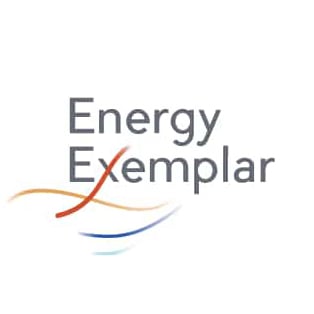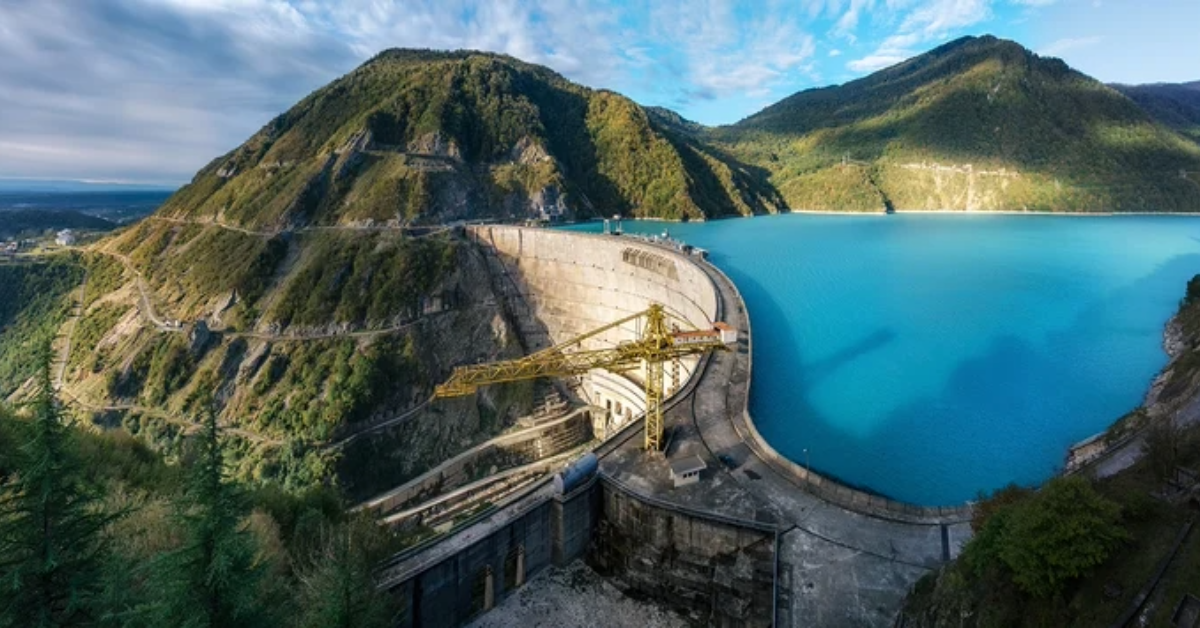Bolstering Uzbekistan's Renewable Power Generation
Uzbekistan, a landlocked country in Central Asia of around the size of California, with a population of approximately 34 million, is rich in natural...
2 min read
 Team Energy Exemplar
:
February 7, 2022
Team Energy Exemplar
:
February 7, 2022

Georgia's geographical location between Europe and Central Asia makes its strategic role important as a corridor for energy resources, generating transit and potential future revenues as an energy exporter. The country's considerable hydro resources could contribute to its energy security and development; however, Georgia currently covers about 65-70% of its gross energy demand by import. Hence, energy security remains among the country leaders’ top priorities.
In 2016, Georgia entered into the EU-Georgia Association Agreement, and, since then, it has made significant legal and institutional reforms to align its energy sector with EU regulations.
As Georgia's electricity balancing and ancillary services market operator, GSE (Georgian State Electrosystem) is responsible for operating substations and high-voltage power lines throughout the country and interconnections to neighbouring countries. These include Armenia as well as, in the future, Turkey and Azerbaijan.
In line with the European Union's Third energy package, GSE was granted an electricity transmission license on 1 July 2021. It authorises GSE to transmit electricity from receiving points of the transmission system to delivery points for its transboundary flow, transmission system operation, and maintenance and development. GSE is also licensed to interconnect the transmission system with other systems where required. This is to secure the long-term capacity of the system to meet reasonable requirements for electricity transmission.
GSE relies on PLEXOS to ensure the security of supply and oversee the market by using EU best practices. And as electricity pricing is becoming more transparent, GSE is working to create an open market that will attract investment, allowing free choice for consumers. The liberalised energy market is planned to launch on 1 March 2022, and GSE has already joined ENTSO-E's Non-Membership Cooperation Program.
GSE uses PLEXOS to simulate market balances. This includes analyses and optimisation of:
PLEXOS is used to calculate and analyse Georgia’s infrastructure plan, also known as Generation Expansion Plan, assessing the requirements for long-term generation and consumption for the country. The plan's analysis focusses on optimal development scenarios (reducing cost), transparency in the decision-making process, planning of hydropower systems, the long-term adequacy of the system, and the investments required.
In examining infrastructure expansion throughout the country, including 500km of new transmission lines, substations, future connections between Georgia and Azerbaijan/Turkey, and long-term electricity consumption forecasting, PLEXOS has proven critical to optimising the development of the Georgian power system.
Mr Ucha Uchaneishvili, the Chairman of GSE, notes that such in-depth studies are essential for the optimal development of the Georgian power system.
"The possibility of optimal investment of the country's generation sources reflected in the plan should ensure the security of electricity supply, integration of renewable energy sources and access to electricity."
Mr. Ucha Uchaneishvili,
- The Chairman of GSE
Georgia's energy generation is primarily from hydropower with a capacity of 3,337.1 MW, situated along some of its most significant rivers, including the Aragvi, Rioni and Inguri. PLEXOS is also used in hydro cascades assessment, which optimises hydropower in the energy balance, being considered a carbon-free power source. Objective evaluation of Georgia's hydrological potential allows the company to plan the complex use of water resources and positively impacts the country's economic development due to reduced costs of relying on imported gas or other fuels. Hydrology forecasting enables hydropower plants in Georgia to:
PLEXOS is also helping to provide clarity on how the integration of renewable energy – including additional hydropower plants, wind, or solar – will impact the Georgian transmission network. Assessing the construction of new substations to meet the growing demand, increased export potential, and identifying storage infrastructure that needs to be developed to support the growth of wind and solar, are among the other many uses the PLEXOS is helping support GSE.

Uzbekistan, a landlocked country in Central Asia of around the size of California, with a population of approximately 34 million, is rich in natural...

1 min read
How PLEXOS facilitates Ukraine's integration into Europe's power market Ukraine, Europe's second-largest country by area, is one of the most...

Hydro Tasmania - Australia's Largest Generator of Renewable Energy Hydro Tasmania is Australia’s largest generator of renewable energy as well as its...